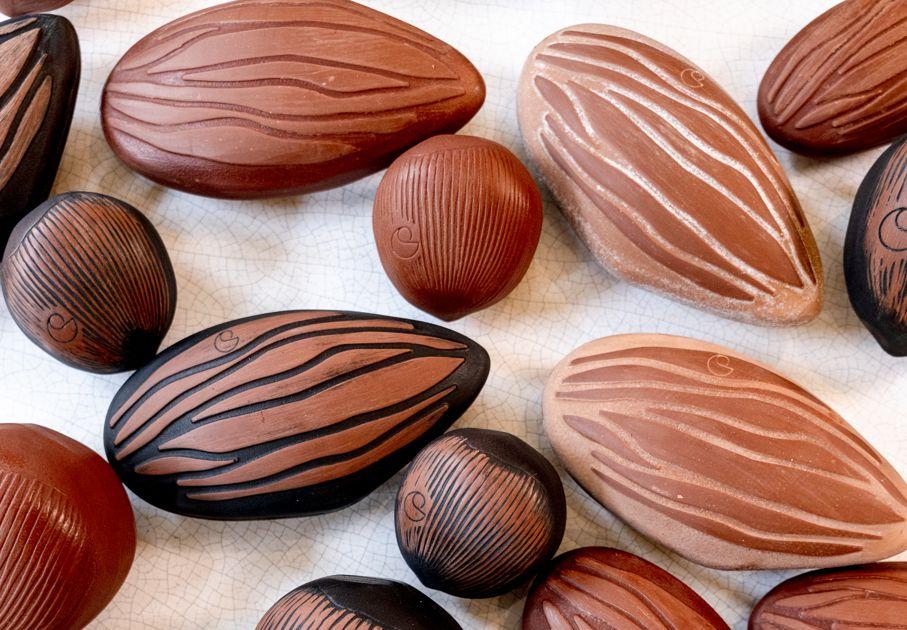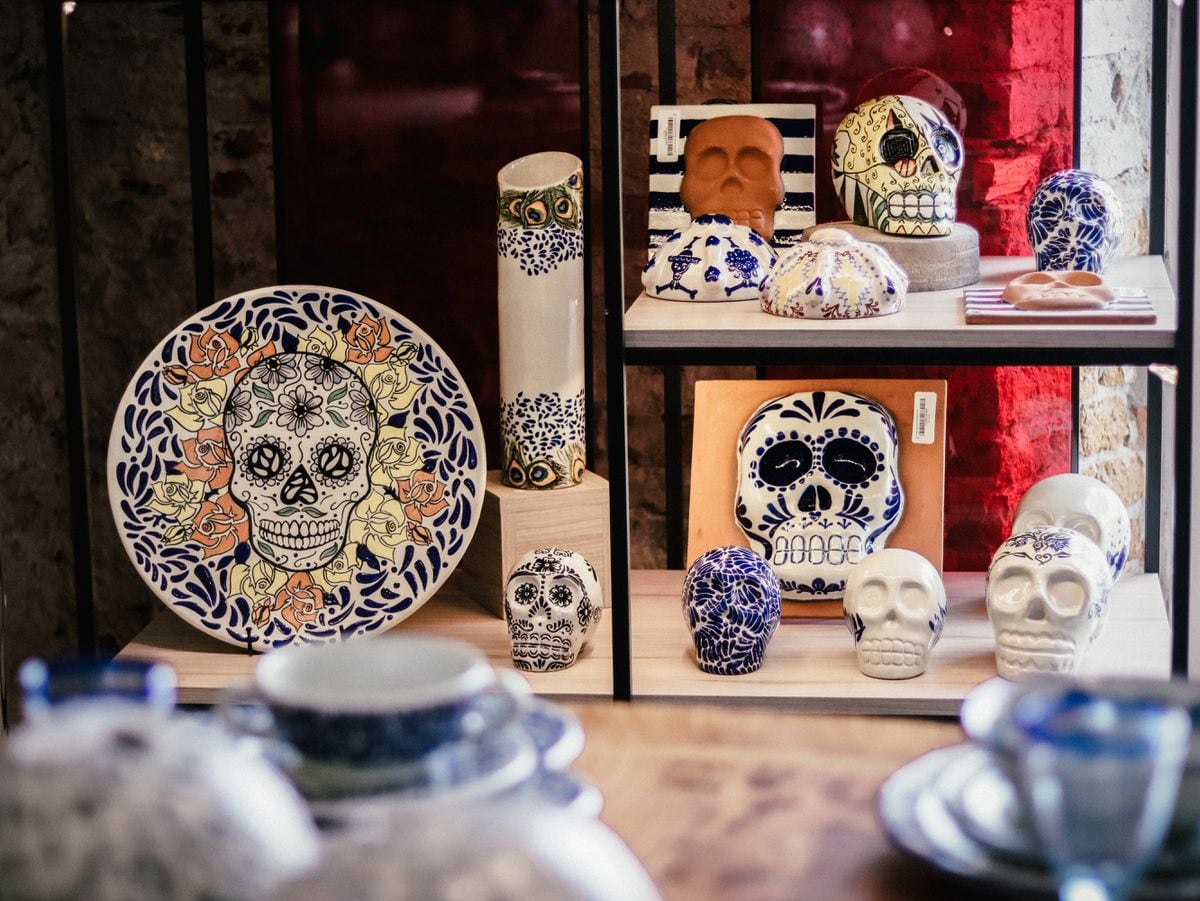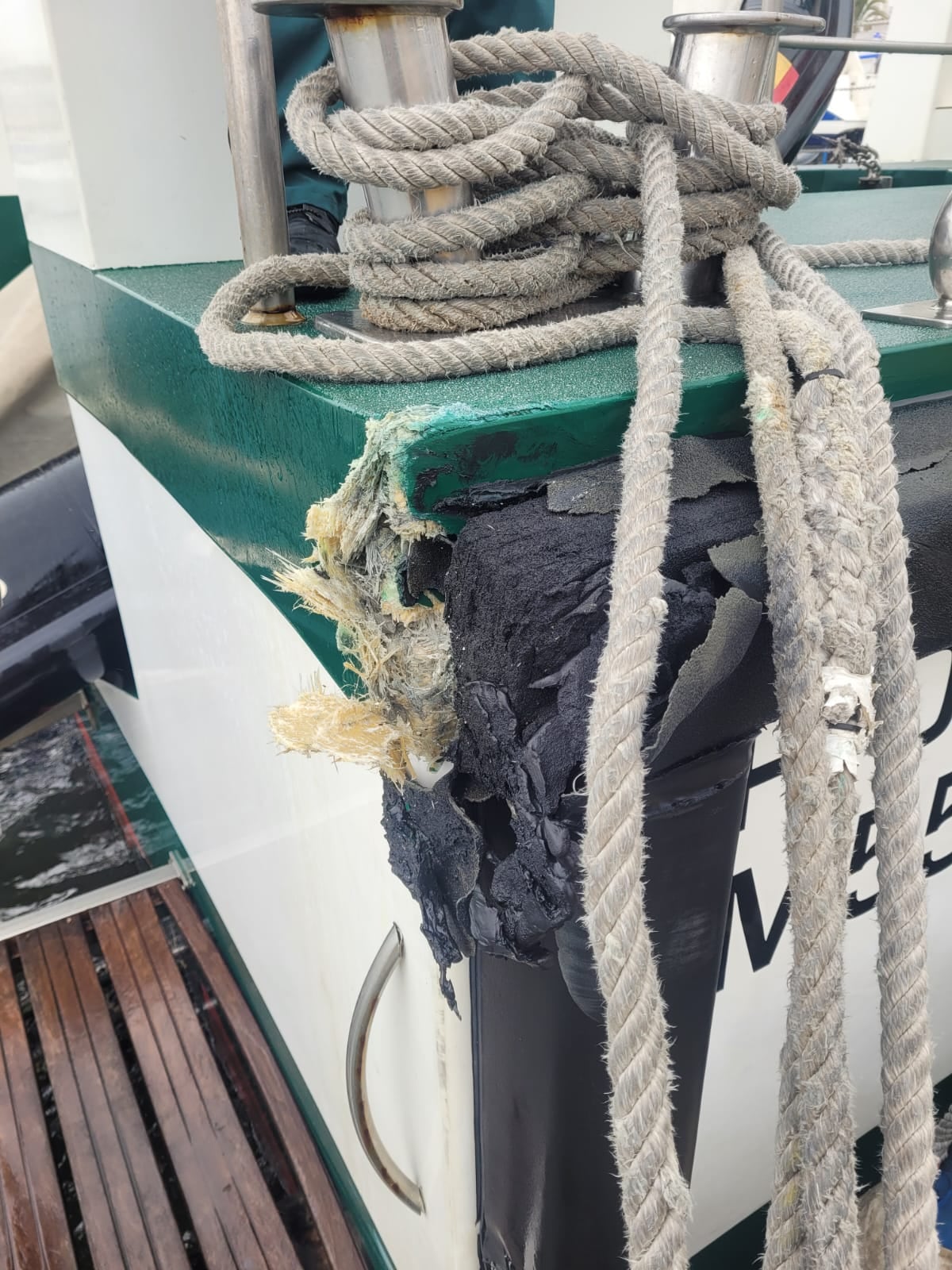Since the early eighteenth century, at least in French, the term fleur de sel has been used to refer to tender and moist salt crystals that form on the surface of the marshes thanks to the combined action of the breezes and the salinity of the waters. Today a gourmet product, the fleur de sel continues to be collected with care (a sudden maneuver would undo it in the waters of the estuary), thanks to artisanal techniques that are transmitted from father to son and that, in recent years, have been revalued in the gastronomic market. In Spain, among several salt areas, there is one that stands out for the beauty of its breaks and the unreserved opening to the great Atlantic of the eternal winds: they are the marshes of the Bay of Cádiz, epicenter of an ecological activity, research and exemplary gastronomic and economic use.
This new salt fever is perhaps the third resurrection of a product that was once exchanged for gold, in the trans-Saharan markets of the caravans between Sijilmasa and Timbuktu, before Columbus arrived in America and international prices were disrupted. Another era of salt furor was known, around the Mediterranean, before the Industrial Revolution, until well into the nineteenth century, when the refrigerator arrived and salt ceased to be the only resource for the preservation of food. The truth is that in Cadiz, in Roman and Phoenician times, the tongues of the sea on earth became, with the hand of man, this kind of coil, increasingly shallower, which is achieving greater evaporation, and sedimentation of everything that is not salt (such as gypsum and harmful sulfates, who are trapped in successive ponds). This filtering of the estuaries is what continues to allow, through a system of gates, but without cement, the water to evaporate so that the salt falls, purified, to the bottom. Before it reaches the pit, which has a depth of just four fingers, the seawater circulates through channels just over a meter deep (the retained turns) and through other nooks and crannies with heaters and concentrators (which the salt growers call periquillo turns). In the eyes of the visitor, this liquid zigzagging soil, made of reflections of clouds among the grass, constitutes an unforgettable landscape.
More informationA rebujito on the beach of Bolonia and other pleasures of the coast of Cádiz
Visits to track birds and learn how the water is "tided"
"A good saltpeter takes into account each type of wind, the temperature of the air and the salinity of the water: the flower of salt is extracted at dawn or dusk, with a net, like a pool cleaner. That little thread that is left floating is used in haute cuisine, raw has an exquisite taste and melts in the mouth, "explains Alejandro Pérez Hurtado, director of the central research services in salt flats of the University of Cádiz, in Salinas La Esperanza. There they are dedicated to recovering ancestral practices to bring them to the XXI century, when the market demands as never before the by-products of the only stone that is eaten, through this gourmet salt.
A salt farmer collecting fleur de sel in the salt flats of Hortales, in Prado del Rey (Cádiz). Chico Sanchez (Alamy)
"The salinity of the water in the sea is approximately 36 grams per liter and increases in the turns of retained and those of periquillo to have, in the pit, up to about 270 grams per liter. For that, it has become dizzy to the water, letting the sun evaporate it. It is a wisdom that has been passed from generation to generation," says the researcher who today leads a very active and multidisciplinary team that proposes visits and volunteering for ecosystem conservation. The visits are adapted to different types of public (children, students or adults, with or without previous knowledge), to learn everything that can be done in the salt flats apart from extracting salt.
These volunteers and educational workshops have recently resumed their march, with some first actions that consisted of providing substrates in the chick breeding areas, since spring is the time when the birds of the marshes build their nests to lay their eggs safe. To this is added the ornithological observation tourism, for which the king bird is the Kentish plover, a wetland bird that arrives in Cádiz from Africa and the rest of Europe. The most fun are the informative walks of identification and tracking of birds, because they explain how each species adapts to the ecosystem, for example, in the case of birds, with longer legs or beaks to fish. At every time of the year, there are attractive landscapes and activities to participate in and understand all that salt brings.
Bando of bar-tailed needles ('Limosa lapponica') in the Cadiz estuaries. FITO MENDI
Registrations and inquiries can be made through the Facebook or Instagram page or by email (scise@uca.es).
Gastronomy next to the cultivation and research area
When the wind blows strong, the salt of the cuts crystallizes and falls to the bottom, which forms a salt thicker than that of the flower, which is virgin sea salt, also with great value in the world of cooking. It should be noted that, here, everything has more to do with the quality of what is cultivated than with the quantity of intensive salt mines or mining with machines. In the estuaries of Cádiz excavators are not put in to extract salt from the faces or from the large crystallization surfaces, so the product does not get dirty and does not need to be washed with pressurized water. These cleaning procedures from other areas "take with them the trace elements of the sea as important as iodine, magnesium or potassium, so that in the industrial table salt there is more percentage of sodium chloride (up to 99%) and that is why they have to enrich it with iodine, a posteriori", specifies the researcher from the University of Cádiz.
Demetrio Berenguer, one of the veteran salt masters of the salt flats of Cádiz. FITO MENDI
"The artisanal salt worker extracts the salt little by little, with his stick, every 15 days, and, in return, that salt has about 95% sodium chloride. When you sift the flower of salt, you have the granite and the scales, which are also very required, and when the wind beats a lot, the foam salt comes out, very fine, which is collected by hand, "says Pérez Hurtado. This care in the processes and the quality of the product explains the reason why the kilo of fleur de sel is marketed above 30 euros.
Desde los esteros andaluces, así como lo hace el agua, se bifurcan también otros subproductos de comercio bio, que se consiguen gracias a las incansables olas marinas entrando por los canales, y que ofrecen empresas como la Salina de Biomaris, en Huelva, o San Vicente, en San Fernando. También se pueden degustar, allí mismo, los mejores robalos, doradas o lenguados, incluso ostras rizadas y camarones del estero, provenientes de explotaciones acuícolas artesanales que llevan entidades privadas (como Estero Natural) en salinas vecinas, pero cuyas visitas también pueden gestionarse desde las salinas de la Universidad de Cádiz.
Equipo técnico de Salinas La Esperanza, en la bahía de Cádiz. FITO MENDI
“Todo lo que llega con el agua de mar es saludable”, se congratula Pérez Hurtado, que cuenta que, en 2012, la universidad de Cádiz consiguió la concesión de uso de la salina La Esperanza como un laboratorio natural de 39 hectáreas. A partir de entonces, se trabaja en mediciones sobre la capacidad de esos suelos húmedos como sumideros de carbono en la lucha contra el cambio climático o en la investigación sobre el valor nutritivo de plantas como la salicornia (de la cual proviene un polvo rico en potasio, con menos sodio, y yogures, por ejemplo), entre otras actividades que han constituido este espacio mixto como un vivero de empresas. Sin ir más lejos, en temas de ganadería que pasta en terrenos con plantas marinas, en las aplicaciones dermoestéticas con acción antioxidante de micro y macroalgas (o en su valor como materia prima de biocombustibles), en las propiedades farmacológicas de la dunaliella salina, rica en betacarotenos, y las terapias en aguas salinas, o la acuicultura en Puerto Real. El turismo deportivo (senderismo, rutas en bicicleta, paseos en kayac o paddel surf) es otra opción la mar de saludable.
La conclusión del investigador gaditano no deja lugar a dudas: “La salina artesanal es uno de los pocos casos en que las manos de las personas generan más biodiversidad”.
Suscríbete aquí a la newsletter de El Viajero y encuentra inspiración para tus próximos viajes en nuestras cuentas de Facebook, Twitter e Instagram.

/cloudfront-eu-central-1.images.arcpublishing.com/prisa/Y7IRENLDIBF4ZKXPDMRGRHXXEE.jpg)



/cloudfront-eu-central-1.images.arcpublishing.com/prisa/MN37VSL3FNG7NIKWVLIW6PTTPI.jpg)



